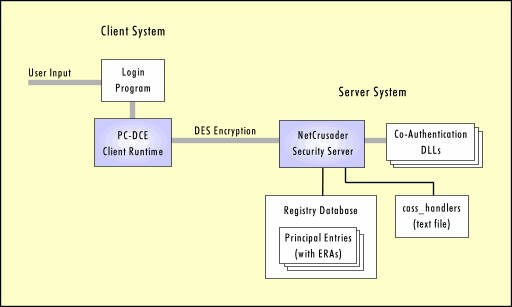Figure 2-1: Client and Server Components

![]()
[Previous] [Next] [Contents] [Index]
This chapter provides a technical overview of CAS, and contains the following sections:
2.1 Components
2.2 Co-Authentication Process
2.1 Components
Figure 2-1 shows the general client and server components required by CAS:
Figure 2-1: Client and Server Components

![]()
The client system requires:
The server system requires:
For each login session, CAS uses an initial solicit phase to determine the authentication method to use. The solicit phase is followed by a challenge/response phase during which the user is prompted to supply authentication data, and the appropriate co-authentication DLL verifies the data.
2.2.1 Solicit Phase
To prepare for the solicit phase:
In the challenge/response phase, the Gradient Security Server calls the following CASAPI functions exported by the selected co-authentication DLL:
The PC-DCE client runtime calls the callback function (type casc_routine_t defined in casc_proto.h) that handles challenges and responses for the selected authentication method. The PC-DCE client runtime passes the challenge data to this function and collects the user response as an output. The PC-DCE client runtime sends the user's response back to the server and calls the callback function (type casc_routine_free_t defined in casc_proto.h) to clean up the response data.
The Gradient Security Server calls cass_response(), this time supplying the response data from the user. This returns one of three values:
When the challenge/response phase is complete, the PC-DCE client calls the callback function (type casc_routine_session_free_t defined in casc_proto.h) to clean up any session data.
When the Gradient Security Server is shutting down, it calls the cass_terminate() function, which allows the DLL to perform any final cleanup.
[Previous] [Next] [Contents] [Index]
To make comments or ask for help, contact support@entegrity.com.